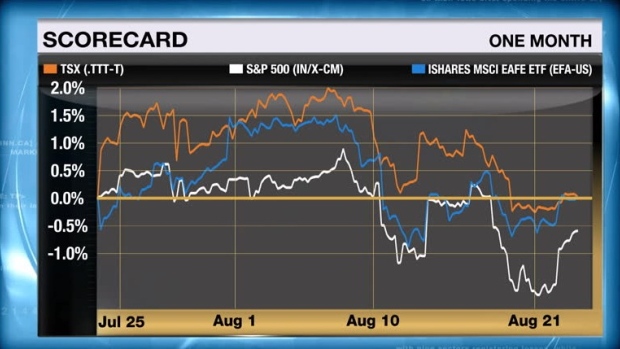Aug 23, 2017
Personal Investor: Too much Canada can be a bad thing
By Dale Jackson
A lot of Canadian investors are missing out on the global stock bonanza – and the culprit could lie within our borders.
Recent surveys, including a poll from Scotiabank, find the average Canadian portfolio has about 30 per cent in foreign investments. Having the remaining 70 per cent in Canadian investments is great when our commodity-based economy is booming, but not so good when it’s in a slump – like now. The phenomenon is called “home country bias”.
So far this year the S&P 500, a benchmark of U.S. listed stocks, is up almost 10 per cent. Overseas, the MSCI Europe, Asia and Far East index (EAFE) is up 14 per cent.
Over the same period the S&P/TSX Composite Index has lost two per cent of its value.

Here are a few figures to explain why home country bias can hurt long term returns and expose investors to unwanted risk.
- Canadian publicly traded stocks account for less than three per cent of global equities.
- 37 per cent of stocks listed on the Toronto Stock Exchange are banks or insurance companies.
- 32 per cent of stocks listed on the TSX are commodity-related (energy and mining)
- The remaining 31 per cent of stocks are not considered financials or commodities but many rely on both sectors for revenue growth.
Global diversification opens a wide swath of opportunities and limits risk. If you find yourself with too much Canada in your portfolio it can’t be fixed overnight. Getting your foreign weighting to a more practical level should be done through an advisor.
However, it’s important to note that with the loonie near 80 U.S. cents, you might get more bang for your buck on a global level.




